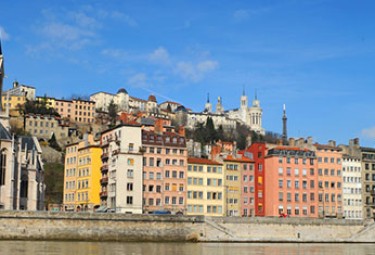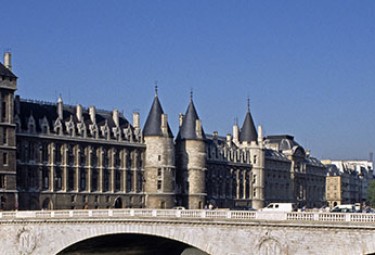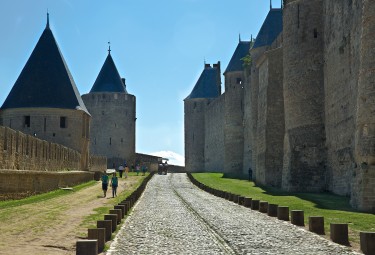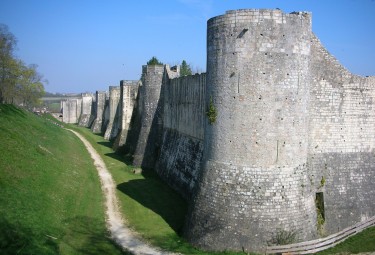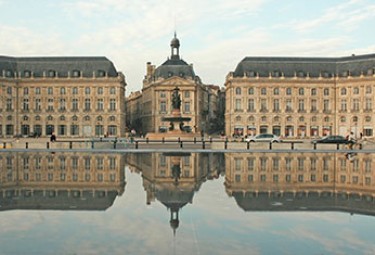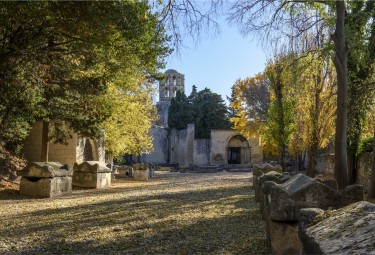Grande-Ile and Neustadt, Strasbourg
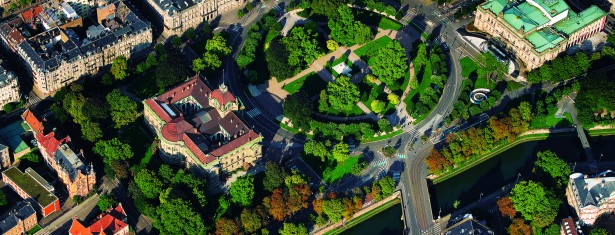
Summary
The Grande-Île and the Neustadt form an urban ensemble that is characteristic of Rhineland Europe, with a structure that centres on the cathedral, a major masterpiece of Gothic art. Its distinctive silhouette dominates the ancient riverbed of the Rhine and its man-made waterways. Perspectives created around the cathedral give rise to a unified urban space and shape a distinctive landscape organized around the rivers and canals.
The French and Germanic influences have enabled the composition of a specific urban space combining
constructions reflecting major significant periods of European history: Roman Antiquity, the Middle Ages and the Rhineland Renaissance, French 18th century classicism, and then the 19th and early 20th centuries which saw the emergence of a modern city, the capital and symbol of the new German state. Carefully brought together with their specific and diverse features, these constructions form an outstanding urban space, representing a specifically European urban culture, particularly significant in view of its past history as a site of confrontation, and today a symbol of Franco-German reconciliation.
Criteria
Criterion (ii): French and Germanic influences have shaped the Grande-Île and Neustadt. They have enabled the
emergence of a unique expression coming from the two cultures, which is especially conveyed in
the fields of architecture and urbanism. The cathedral, influenced by the Romanesque art of the East and the Gothic art of the kingdom of France, is also inspired by Prague, particularly for the construction of the spire. It is a model that acted as a vector of Gothic art to the east. Neustadt is a model of German urbanism as expounded in the late 19th century by Reinhard Baumeister and then by Josef Stübben, influenced by the work of Haussmann and also by the theories of Camillo Sitte. It forms a unique landscape, and provides a synthesis of European identity.
Criterion (iv): The Grande-Île and the Neustadt in Strasbourg constitute a characteristic example of a European
Rhineland city. Blending harmoniously into the mediaeval urban fabric, the Renaissance-style private houses built between the 15th and late 17th century form a unique ensemble of domestic Rhineland architecture, forming a coherent whole with the outstanding Gothic cathedral.
In the 18th century, French classical architecture became dominant, as exemplified by the Palais Rohan, built by the king’s architect, Robert de Cotte. From 1871 onwards, the face of the town was profoundly modified by the construction of an ambitious urbanistic project, leading to the emergence of a modern, functional city, emblematic of
the technical advances and hygienistic policies that were emerging at the turn of the 19th and 20th centuries. The private and public buildings of the urban ensemble bear witness to political, social and cultural change, with the town’s status changing from a free city of the Holy Roman Empire to a free city of the Kingdom of France, before it became a regional capital. The construction of Neustadt and the modernisation of Grande-Île led Strasbourg towards its position of “European capital”.
- Année d'inscription : 1998
- Critères d'inscription : ii, iv
- Superficie du bien inscrit : 182 ha
- Localisation : Department of Bas-Rhin, Region of Grand-Est
- Coordonnées DMS : N48 34 53 E7 43 48
- Registration year : 1998
- Registration criterion : ii, iv
- Area of the inscribed : 182 ha
- Location : Department of Bas-Rhin, Region of Grand-Est
- Coordinates DMS : N48 34 53 E7 43 48

